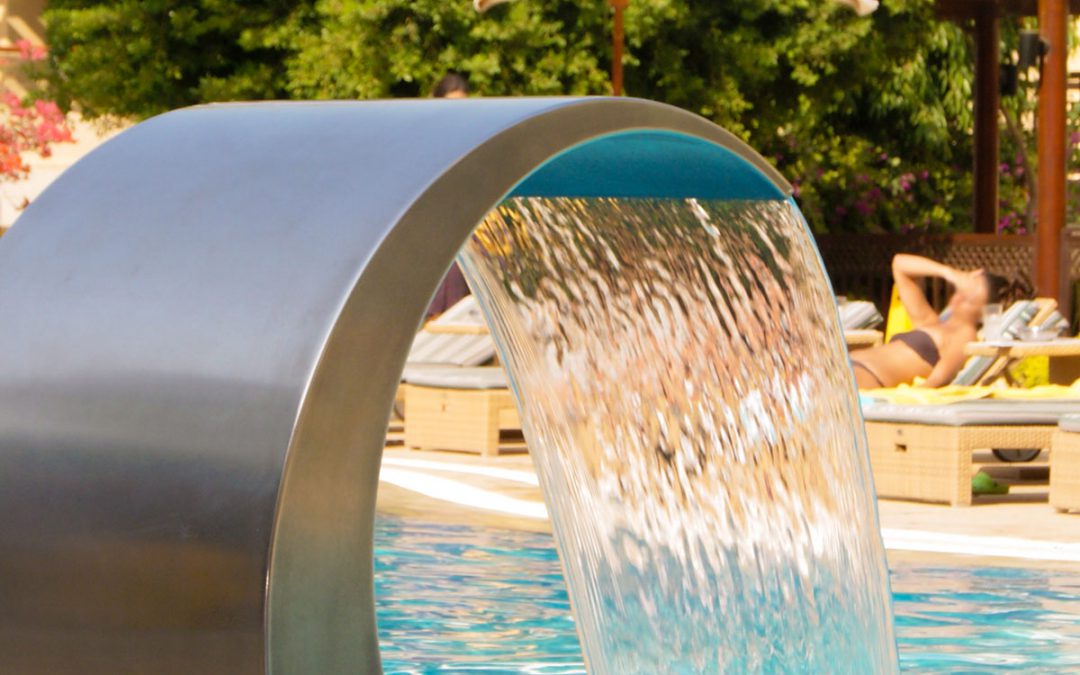What’s happened to Stainless Steel?
Do you remember the old days (80’s-90’s) when you bought a portable outdoor stainless-steel grill? They would last 10 to 20 years without rusting. Today, you can buy a similar stainless-steel grill for around the same amount of money, but it’s falling apart after a couple seasons! Just the other day a friend of mine was complaining about his less than 2-year-old stainless steel refrigerator door starting to get visible rust spots. I recently stumbled on a Discovery Channel documentary special about China and Stainless Steel. It is a common process to add nickel to stainless steel to make it more resistant to oxidation (rusting). India has one of the largest nickel repositories in the world. China sources their nickel from India due to the inexpensive cost per pound. The Discovery Special explained that India has major issues with contaminated nickel and will add to the oxidation process instead of repelling it! This contaminated nickel is still being sold to anyone who wants to purchase it. I’ve discussed this with a few of the Mfg.’s I represent in my industry. They all told me of their horror stories about the issues with stainless steel screws, washers, etc. A good grade of stainless steel will not attract a magnet – they have incorporated a simple test by throwing a magnet in the bags of screws and washers before they put them on the shelf for use. If any hardware moves the slightest or sticks to the magnet, they put those aside for a credit. The Stainless-steel products used in the United States rely heavily on China as our supplier for a huge portion of the products we use. Anyone have a Stainless steel refrigerator or an outside grill? My Stainless-Steel refrigerator is covered in sports, landmark, and picture magnets all over the doors. Not a good grade of stainless-steel, but a great place to use as a bulletin board! My Stainless-steel outdoor grill has a protective treatment on it or it will rust like crazy. Another great example of the declining quality of stainless steel can be found in pool rails and ladders. I represented a pool rail company back in the early 90’s that made stainless steel rails and ladders that look like new today! The pool industry has been suffering from premature rusty rails and ladders for the last 20 plus years. There are some outside factors that play a major role in premature rusting – but I hear horror stories of brand new rails and ladders with rust on them right out of the box before they are installed!
How can this be happening without any Gov’t regulations? All that I could find related to this issue was that the US regulations require stainless to be rated by the amount of nickel not the quality of the sourced nickel. Our ASTM Standards require for .0625 thickness and has a variance allowing it to be .049 and still be called 1/16” thick (.0625), but China sells us .042” and call it 1/16” thick. This is how China can get away with sending in bad stainless and calling it 304, 308, and 316! I always wondered why some Stainless-steel products from 10 years or more ago were around the same price as today? Based on the commodity price per pound charts, pricing fluctuates by the hour but the overall costs are way up on steel over the last decade. I always thought, “you get what you pay for” so go cheap and get cheap. It turns out that this happens to expensive products also! I planned on covering the differences in grades of steel (304, 308, 316, etc.) based on how I’ve been trained to think. It turns out there are better versions (pure uncontaminated nickel) in the lower grades of Stainless-steel that are very resistant to rust also. Whenever you have a question about the quality of Stainless-steel, remember to always grab your handy dandy magnet and see for yourself.…It should not stick to the “Stainless-steel”. There are plenty of other options to chose from – Check out my next post and learn about some of them.


Recent Comments